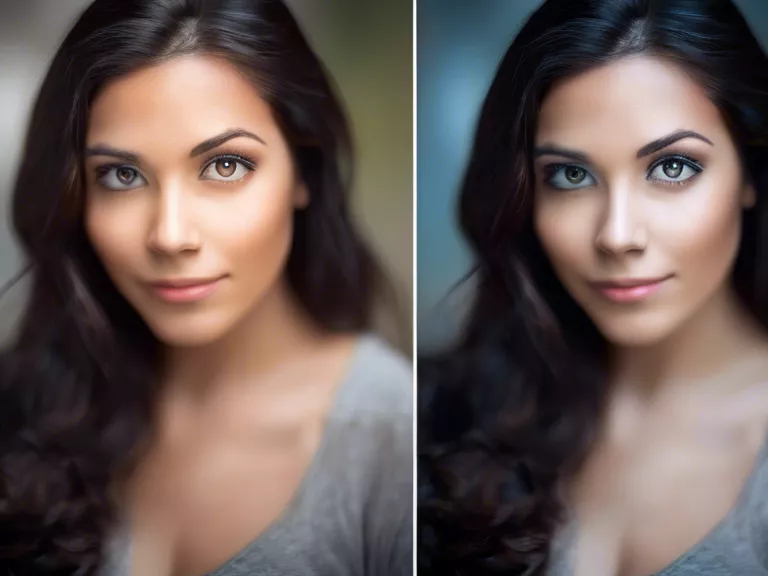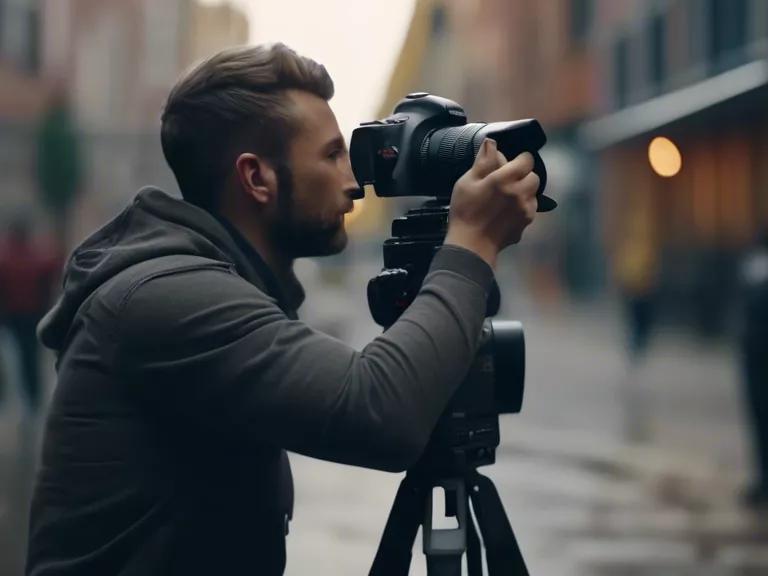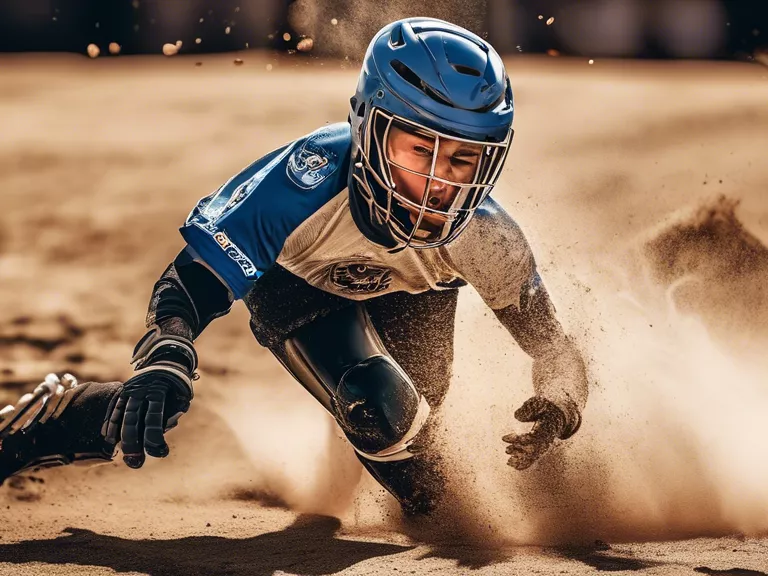
Tips for Better Portrait Photography: Lighting, Posing, and Composition
Portrait photography is a beautiful form of art that captures the essence of a person in a single frame. Whether you are a professional photographer or just starting out, here are some tips to help you improve your portrait photography skills.
Lighting
One of the most important elements in portrait photography is lighting. Natural light is often the best option for portraits, as it provides a soft and flattering glow. If you are shooting indoors, try to position your subject near a window to take advantage of this beautiful light. Avoid harsh overhead lighting, as it can create unflattering shadows on the face.
If you are shooting outdoors, consider the time of day. The golden hour, which occurs during the first hour of sunrise and the last hour of sunset, is the perfect time for capturing stunning portraits with warm, soft light.
Posing
Posing is another key aspect of portrait photography. Encourage your subject to relax and be themselves in front of the camera. Try different poses and angles to find the most flattering position for your subject. You can also use props or ask them to interact with their surroundings to create a more dynamic composition.
Pay attention to body language and facial expressions. A genuine smile or a thoughtful gaze can add depth and emotion to your portrait. Remember to communicate with your subject and give them guidance on how to pose naturally.
Composition
Composition plays a crucial role in portrait photography. Pay attention to the background and use it to enhance your subject rather than distract from them. Experiment with different framing techniques, such as the rule of thirds or leading lines, to create a visually appealing composition.
Consider the use of depth of field to isolate your subject from the background. A shallow depth of field can create a beautiful bokeh effect, while a deep depth of field can capture more details in the scene.
By paying attention to lighting, posing, and composition, you can take your portrait photography to the next level. Remember to practice regularly and experiment with different techniques to find your unique style.


